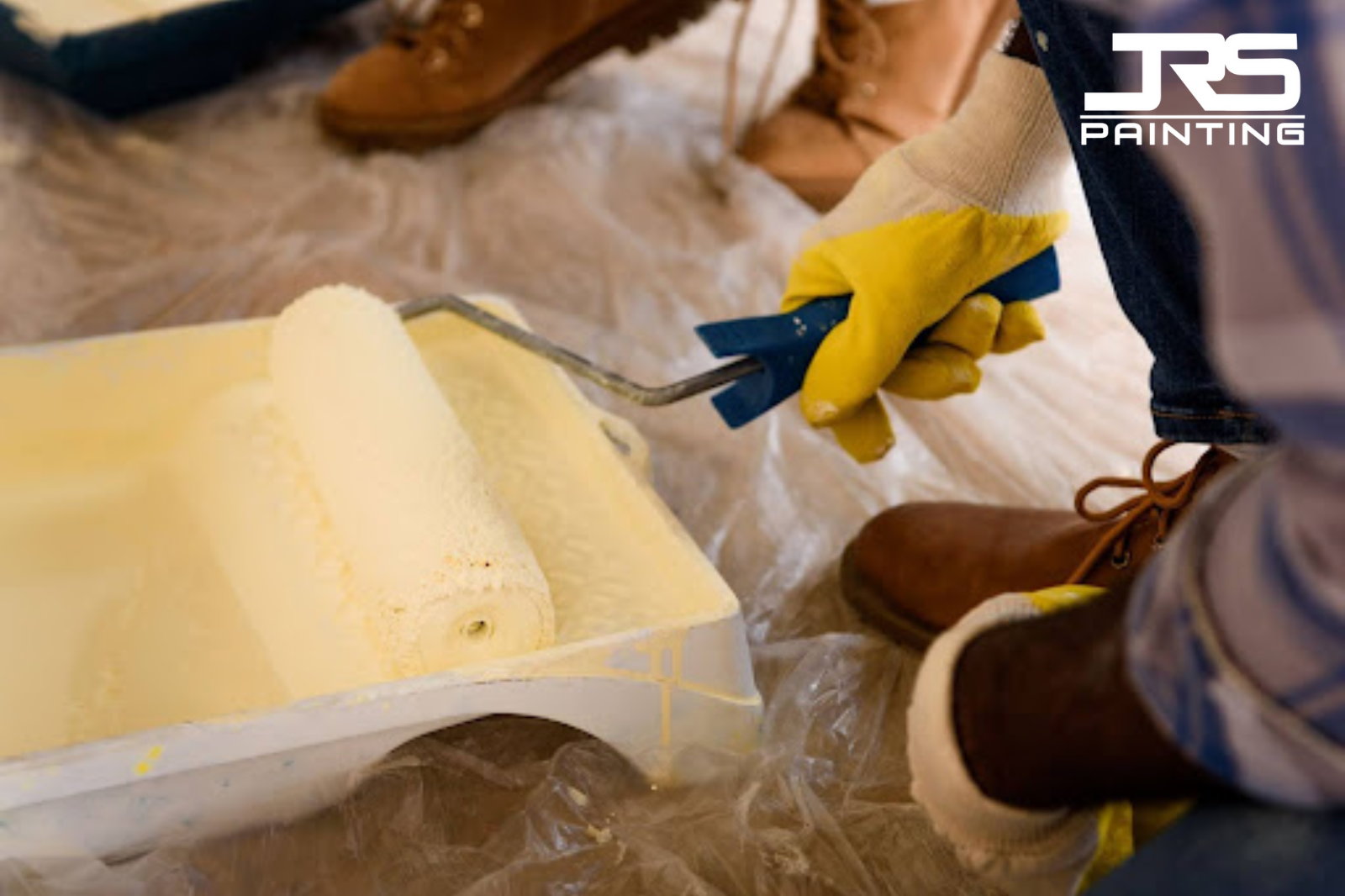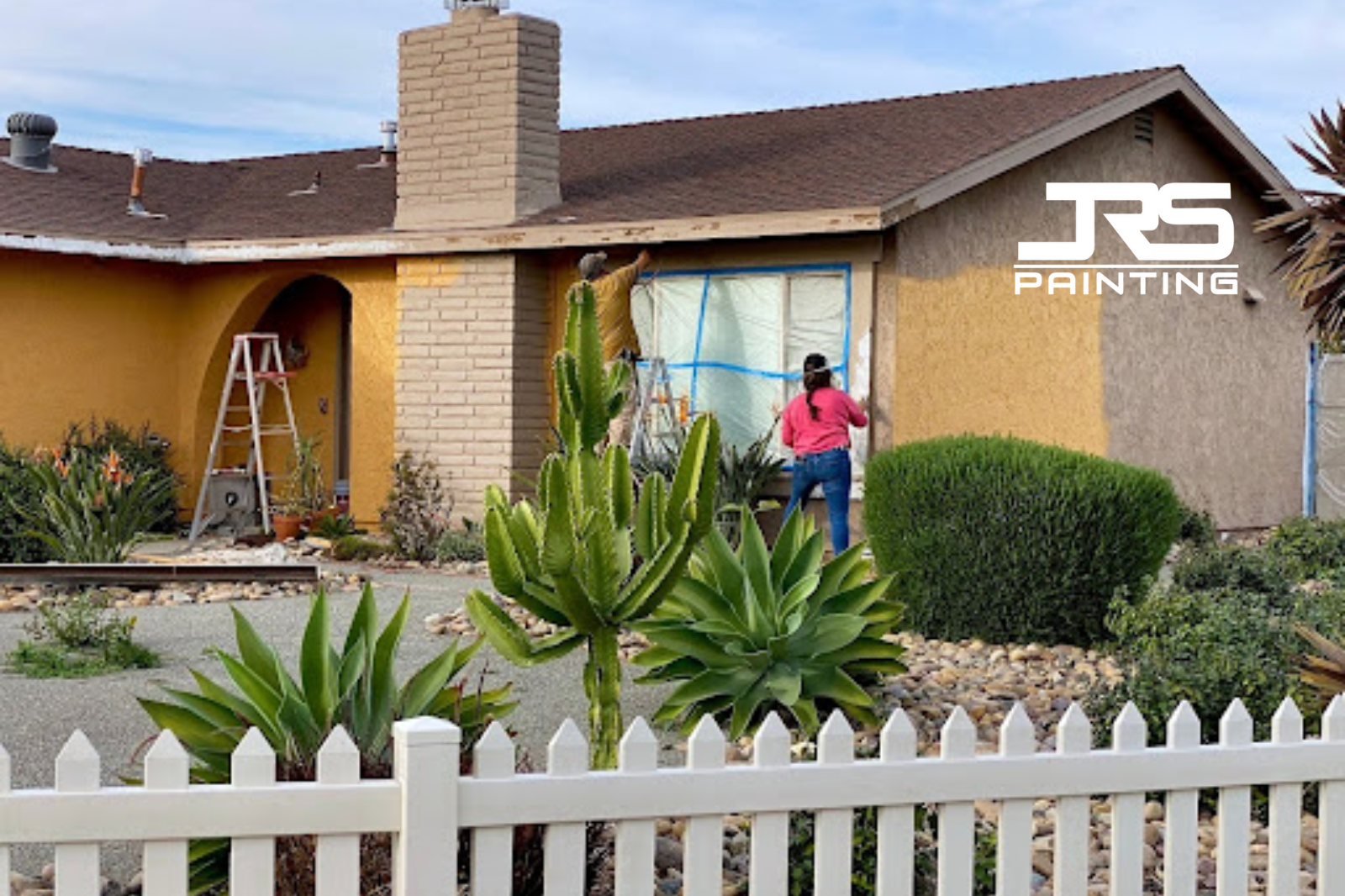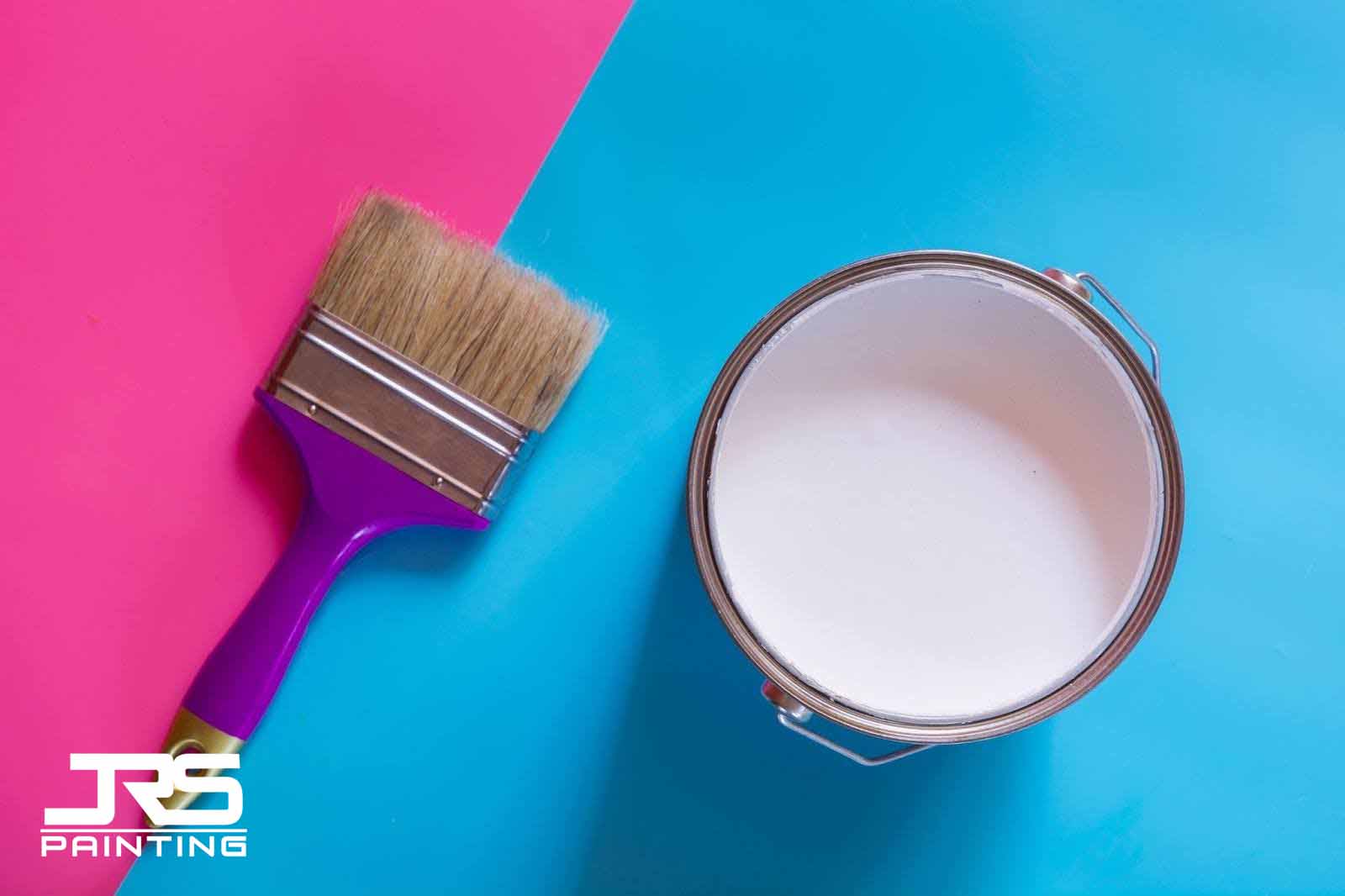
Walking into a paint store can feel overwhelming. Rows of paint cans promise different benefits, but which one is right for your Phoenix home? The desert sun, extreme heat, and sudden monsoon rains make choosing paint more complicated than in other places.
Picking the right paint for Phoenix is super important because of our intense sunlight, crazy temperature swings, and all the stucco homes around here. Understanding the four main paint types will help you save money and get better results that last longer in Arizona's tough weather.
Four Main Types of Paints
Acrylic Paint
Acrylic paint uses water as its base, making it the top choice for many homeowners. It dries fast, which helps when you have small windows of cooler weather to work with. Clean up is easy too - just soap and water, no harsh chemicals needed.
This paint keeps its color really well, which matters a lot when your house gets blasted by UV rays every day. Cheap paints fade to chalky, washed-out colors, but good acrylic paint stays bright much longer. It works great on inside walls and ceilings, giving good coverage without yellowing over time.
For outside jobs, acrylic paint works well when you prep the surface right. It bends and moves with temperature changes without cracking or peeling. This is huge in Phoenix, where your walls can go from freezing at night to scorching during the day.
Latex Paint
Latex paint is often mistaken for acrylic, but it has its own unique strengths. Like acrylic, it’s water-based, easy to clean with water, and safer for indoor air compared to oil-based paints. Today, many homeowners choose eco-friendly, low-emission options () to improve air quality.
Latex paint is also highly durable, making it a top choice for both homes and businesses. It works especially well on Phoenix’s stucco exteriors, sticking to textured surfaces and providing long-lasting protection. Many commercial buildings across the Valley use latex paint because it can handle heavy foot traffic, weather, and frequent cleaning.
Another advantage is its breathable quality, which lets moisture escape and helps prevent bubbling or peeling. That’s why latex paint is widely used on stucco, masonry, and drywall throughout Phoenix.
Oil-Based Paint
Even though water-based paints are popular now, oil paint still has its place. It creates a super smooth finish that fights against stains and lasts really well on trim, doors, and cabinets. The paint levels itself out, getting rid of brush marks and giving you that professional look on detailed work.
Oil paint takes much longer to dry than water-based paint, but that extra time lets it flow better and look smoother. Professional painters often choose oil paint for detailed trim work because they have more time to get it perfect.
This paint works best on outside wood and high-traffic areas in homes and businesses, giving excellent staying power. Good oil paint on trim and doors can last way longer than water-based paint, especially when those spots get used a lot and face direct sun.
Enamel Paint
Enamel paint is the toughest option you can get. Most enamel paints are oil-based, though you can find water-based versions now. It hardens into a super tough finish that's perfect for metal, wood trim, and areas that get touched a lot or face bad weather.
This paint rocks on outdoor fixtures, industrial buildings, and surfaces exposed to harsh conditions. Businesses often use enamel paint for busy areas, doorways, and spots that need frequent cleaning. The hard finish handles scrubbing and cleaning products without showing wear.
Enamel paint also handles extreme weather like a champ. The hard surface fights off UV damage, temperature swings, and moisture better than softer paints, making it perfect for surfaces that face the worst weather.
Choosing Paints for Phoenix Walls and Buildings
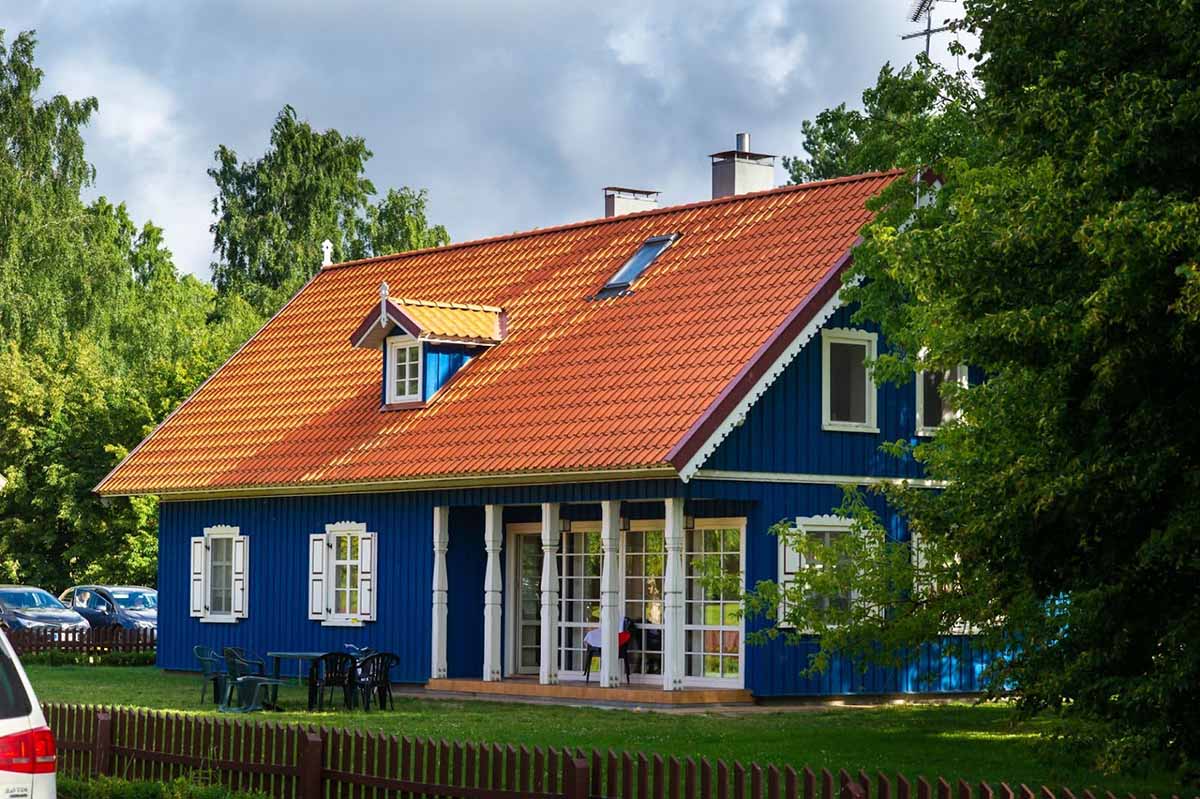
Best for Walls
Acrylic and latex paints work great for easy maintenance and fighting fading, especially on inside walls and stucco outside walls. These water-based options handle the constant temperature changes in Phoenix homes while keeping their good looks over time. The way these paints "breathe" works really well with the brick and stucco buildings common around here.
Best for Houses
Outside-grade acrylic or latex paints give you the toughness Phoenix weather demands, while oil paints help protect trim and doors from intense sun and heavy use. Acrylic and latex bend with your house as materials expand and shrink, stopping the cracking and peeling you get with wrong paint choices.
Best for Buildings
Enamel and oil paints protect business buildings with lots of foot traffic from wear, fading, and high temperatures. These harder finishes maintain their professional look longer and withstand the daily wear and tear that business surfaces endure.
Longest Lasting
Oil and enamel paints usually give you the most durability, especially outside and on business surfaces. They cost more upfront and require more careful application. Still, their longer lifespan often makes them the most cost-effective choice for surfaces that receive heavy use or exposure to extreme weather.
How to Identify the Type of Paint
Before repainting anything, figuring out what paint is already there helps you know what prep work you need. Check the label on leftover paint cans for the most reliable answer. Labels clearly say if the paint is acrylic, latex, oil-based, or enamel.
Water cleanup usually means latex or acrylic paint. If you need paint thinner to clean up, it's oil-based or enamel. Try cleaning a small hidden area with soapy water to see how the old paint responds.
How the paint feels gives you more clues. Oil paints feel smoother and get harder than water-based paints. Latex and acrylic paints feel a bit softer and might look flatter, even in shiny finishes.
Why Hire a Professional Painter in Phoenix (vs. DIY)
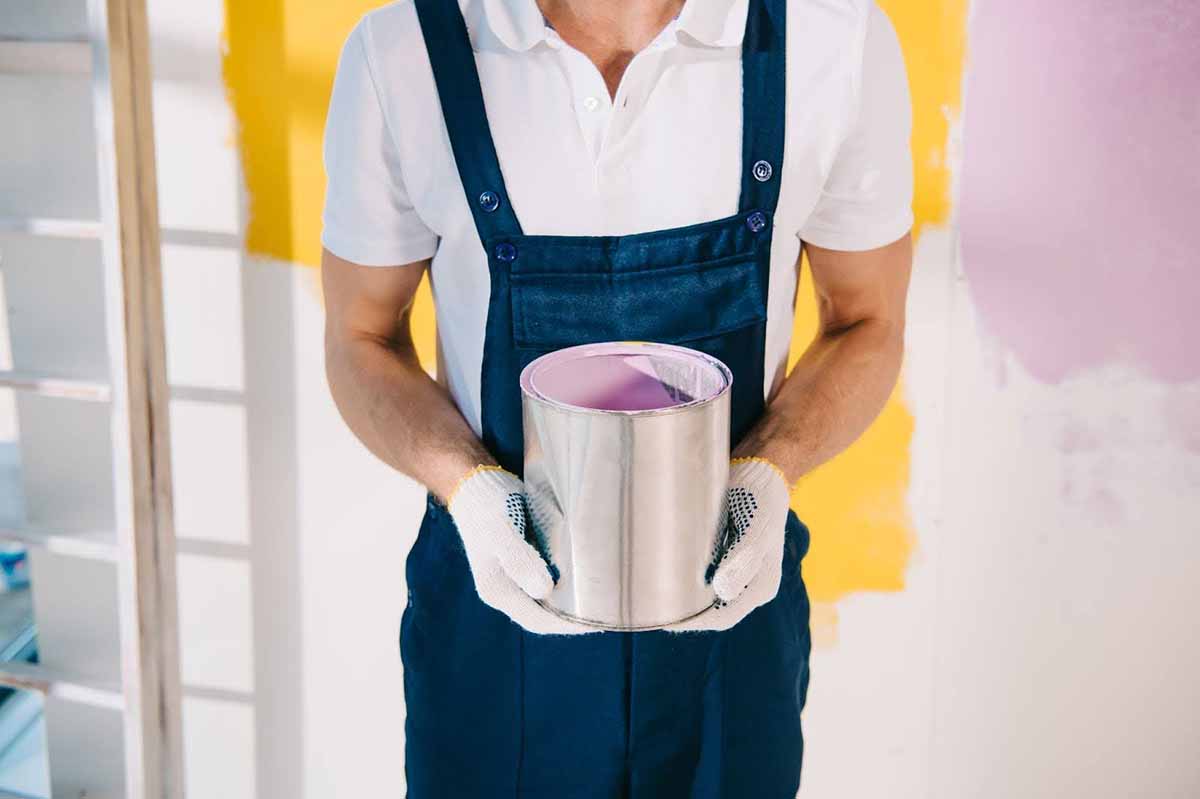
Professional Team Benefits
Expert surface preparation for stucco, brick, and weathered wood yields long-lasting results that DIY jobs rarely achieve. Jr's Painting brings over 20 years of experience, knowing which primers work best with specific paints and surfaces in Phoenix's unique weather.
Professional painters know the best products for our local weather and surfaces, understanding when temperatures and humidity work best for specific paints. They adjust their schedules to get the most out of your paint job.
Fast, efficient work keeps disruption to your home or business minimal, often with warranties and guarantees that protect your investment. Professional tools and correct layering give you smoother, tougher finishes that keep their good looks longer.
DIY Problems
Amateur painters risk picking the wrong paint or skipping important steps, causing early fading, peeling, or cracking. Without professional knowledge of Phoenix's specific challenges, homeowners often choose products that work in other places but fail under Arizona conditions.
DIY projects usually take longer and look less professional, leading to higher costs over time through more frequent repainting. Without warranties, homeowners take full responsibility for any problems that develop.
The special tools and techniques needed for different paints, especially oil and enamel paints, often cost more than most homeowners want to spend. Professional painters have invested in the right equipment to apply these products correctly.
Frequently Asked Questions
Ready to start your painting project with confidence?
Jr's Painting offers free consultations to help you choose the perfect paint types and colors for your Phoenix home. With over 20 years of local experience, we know exactly which paints perform best in Arizona's challenging conditions.
Call (602) 573-1419 or visit jrspaintingaz.com to schedule your free estimate. Let us help you transform your space with the right paint choices and professional application that stands up to Phoenix weather for years to come.
Related Articles
Exterior Painting, Residential Painting


